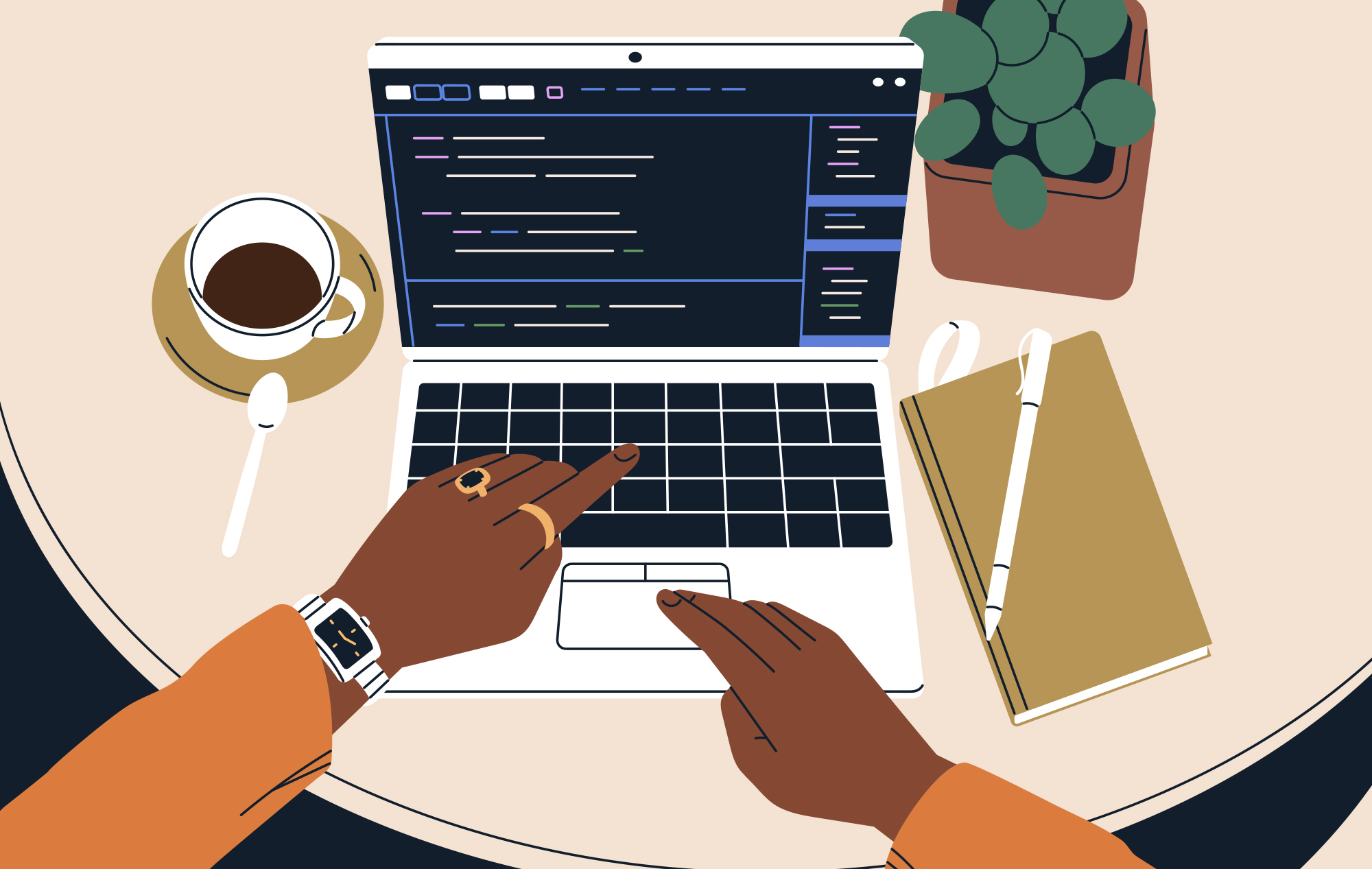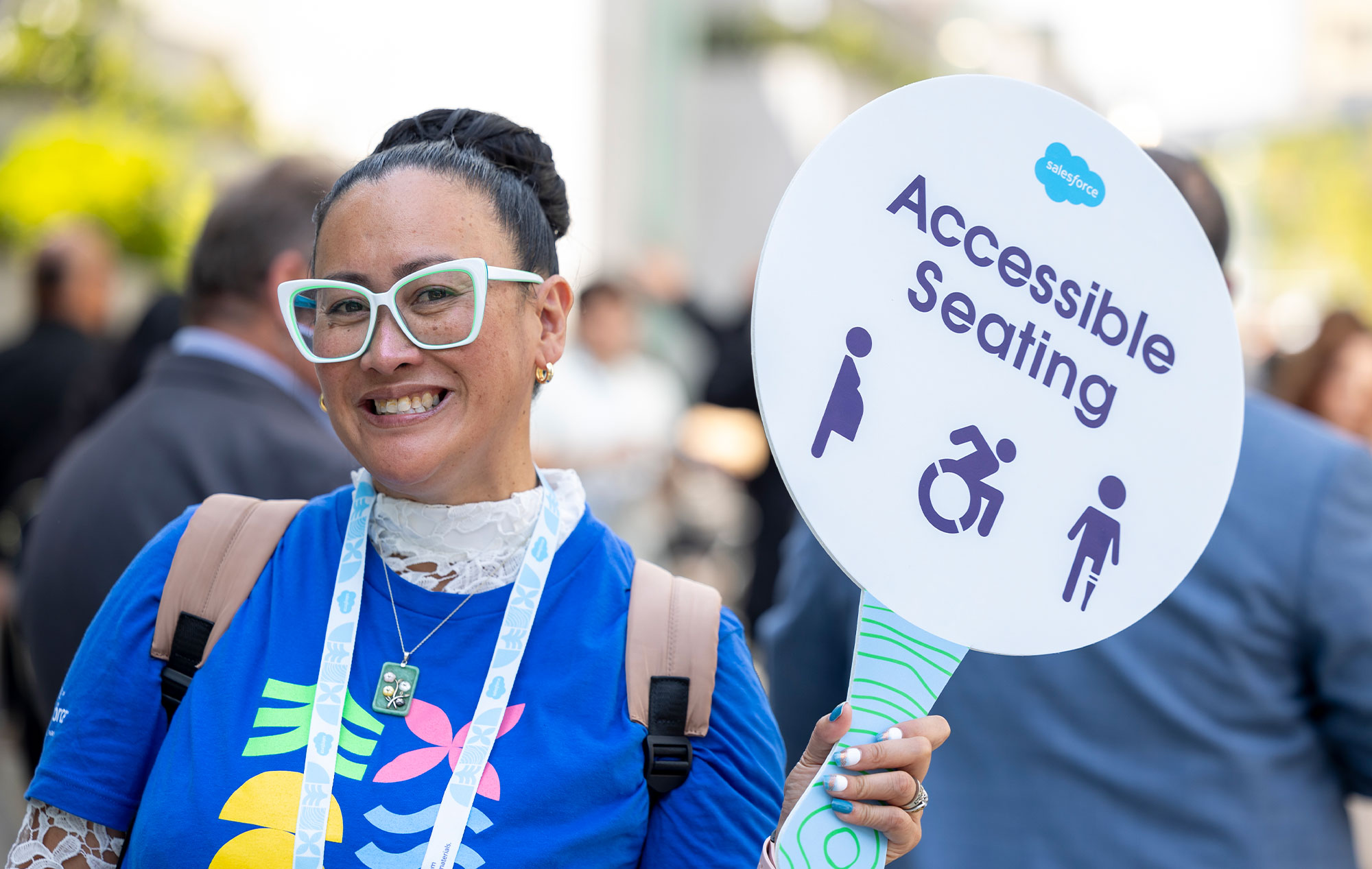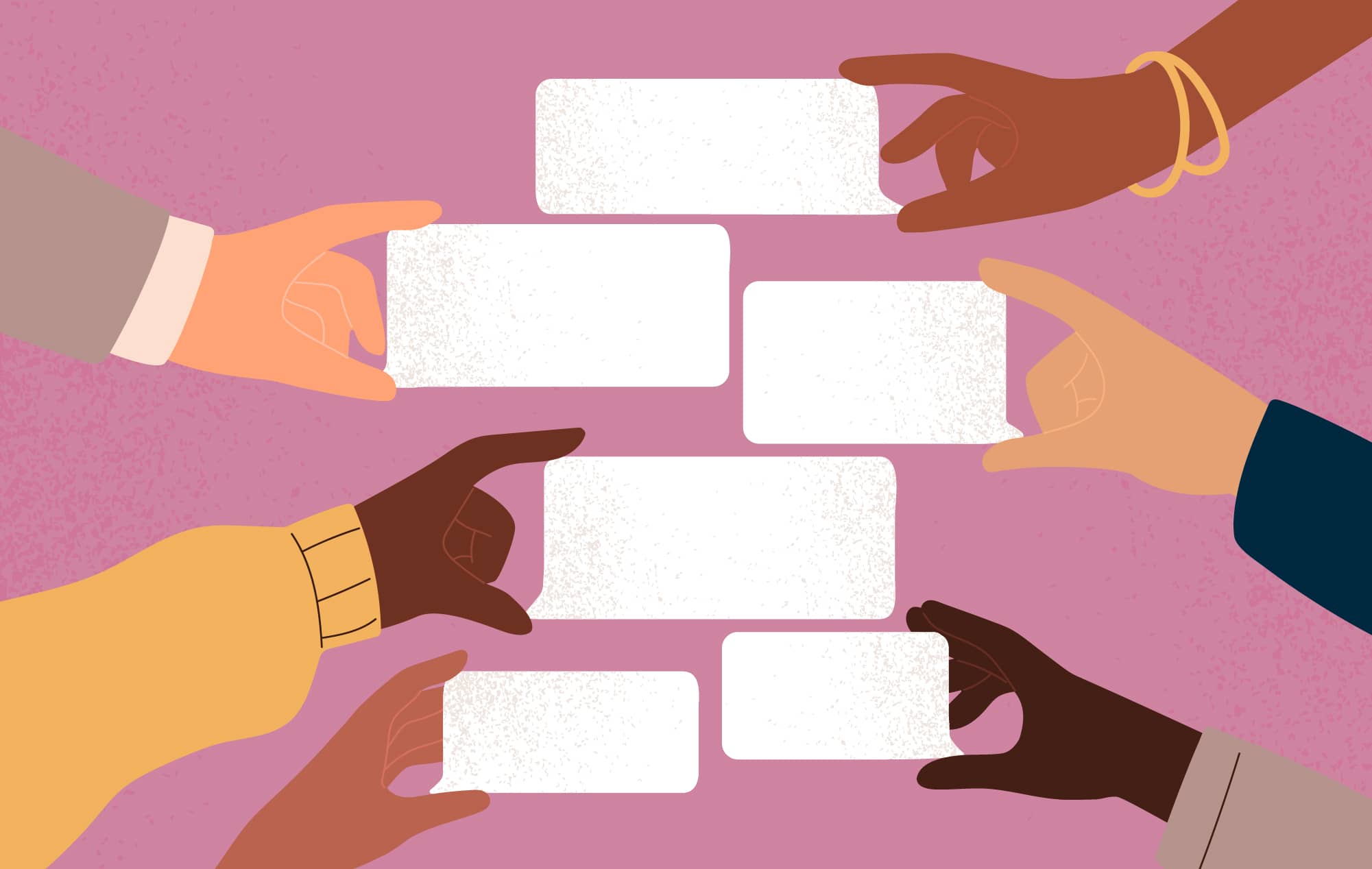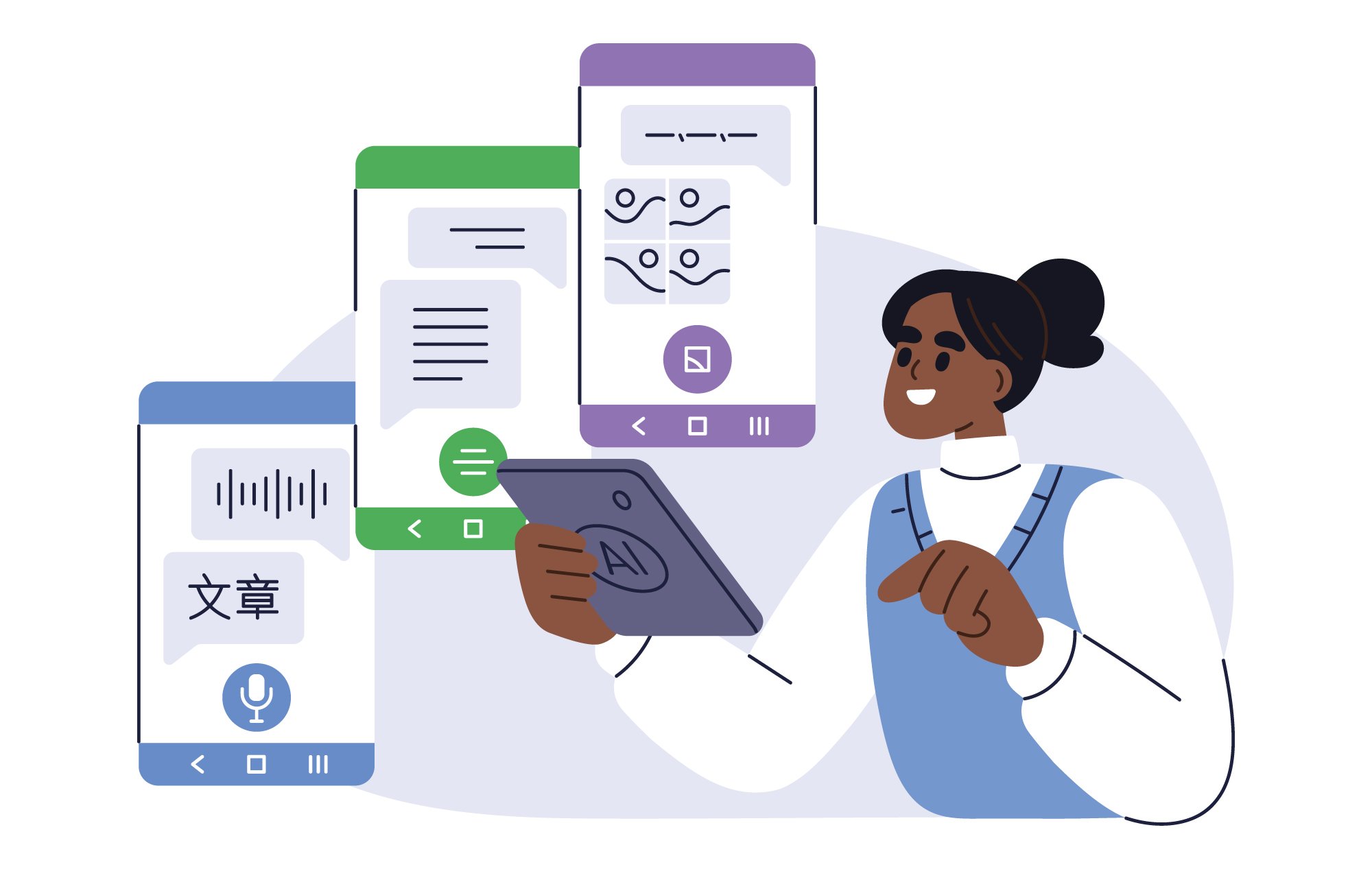Global Accessibility Awareness Day (GAAD) falls on the third Thursday of May, drawing attention to the lack of inclusive design in digital spaces. Established 14 years ago by Joe Devon and Jennison Asuncion, GAAD highlights what organizations should be doing every day, all year round, to ensure their digital properties, professional spaces, and company processes are as accessible and inclusive as possible.
The moral imperative for accessible design is undeniable, but the business case is equally compelling: Around 15% of the global population—more than 1 billion people—live with disabilities, representing a market opportunity worth more than $13 trillion annually when including the spending power of the disability community and their families and friends, according to a report by Valuable 500, a global organization working to end disability exclusion.
Yet, an indifference toward those with disabilities remains globally widespread. Among the top one million homepages audited in 2025 by WebAIM, a nonprofit at Utah State University focused on digital inclusion, 50,960,288 distinct accessibility errors were detected.
That’s an average of nearly 51 errors per page, which suggests most businesses, including many of the Fortune 500, are failing to reach people with disabilities as both potential customers and professionals.
So, what are a few things your organization can do to embrace more inclusive design and greater accessibility? Where should you start?
Jacqueline Tolisano, Senior Director of Product Accessibility at Salesforce, spoke with InclusionHub about her journey into inclusive design and outlined several compelling reasons why digital accessibility should be at the core of what designers and developers do, rather than remain an afterthought.
Kay Takeaways
- Inclusive design is a moral and economic necessity. More than 1 billion people worldwide live with disabilities, representing a $13 trillion annual market opportunity, so accessible digital experiences are essential for both ethical and business reasons.
- Despite progress, most organizations still have major accessibility gaps, with an average of nearly 51 errors per homepage found in a 2025 audit of the top one million websites.
- True allyship in accessibility starts with curiosity and respectful dialogue—ask people with disabilities how you can support them, rather than making assumptions about their needs.
- Integrating accessibility from the very beginning (“shift left”) streamlines development, results in cleaner code, and benefits all users, not just those with disabilities.
- AI and new technologies are revolutionizing digital accessibility with tools such as automated testing and real-time captioning, but intentional, human-centered design remains crucial to ensure these advancements truly serve everyone.
Allyship Requires Curiosity & Respect
For Tolisano, her path to centering design around accessibility began with her own curiosity and a coworker’s willingness to share with her his experiences as a professional living with a disability.
“One of the things that led me to become really passionate about accessibility,” she recalls, “is that I shared an office with the person who ran the accessibility program.”
Tolisano’s coworker, who was visually impaired, routinely used assistive technology to perform many of his professional tasks.
“His computer was talking to him and I was very curious about it,” she continues. “So I wanted to learn everything that there was to know about assistive technology and these tools that help non-sighted people be able to live their lives and do their work. So I learned all about assistive technology and saw how independent he could be when those tools and the websites worked well together.”
Because of this friendship, Tolisano witnessed firsthand what her colleague experienced when accessibility was not a primary concern in digital design.
“And then I saw how much he struggled when those tools didn't interact well with websites,” she says. “That's where web accessibility is so important and why we make sure that digital content is accessible to everyone regardless of their ability.”
For many people, becoming more informed about accessibility issues and the regular challenges their team members with disabilities face can be uncomfortable. For instance, they're worried about saying something unintentionally insensitive and don’t know where to start.
Tolisano had a few words of advice for potential allies, and it starts with a genuine desire to learn more.
“My curiosity was about his computer talking to him. So basically I approached by asking him to educate me,” she says, careful not to make her colleague feel othered or overly examined by her questions.
Interested in learning more about his assistive technology, Tolisano asked: “Are you comfortable showing me how you use them so I can learn?”
She remembers him being “absolutely open to that.”
Just as inclusive employers are wise to ask employees what accommodations they might need to complete their job, Tolisano asked her coworker: “How can I support you when you're having a hard time or frustrated with a particular experience?”
“If it was being his eyes or if he was losing his orientation on the screen,” she says he would say: “Jackie, can you tell me where I am, where the cursor is, or where I'm currently navigating on the screen?” These were usually instances when websites weren’t coded properly.
The key here is to ask rather than assume the ways in which a coworker with a disability needs help, Tolisano is quick to point out. In working with many blind or visually impaired professionals, she’s learned “they all wanted things done a slightly different way. It's about inviting them into a conversation rather than making assumptions.”
Implementing Inclusive Design: A Step-by-Step Approach
When working with people or organizations who push back on the need for inclusive design, Tolisano finds skeptics often view accessible design as an inconvenience or a tax on top of their supposed standard job.
“They consider it extra work that they need to do because we're in a climate of people having a lot to do,” she says. “We've got tight deadlines, things of that nature that people are like, ‘I can't deal with that right now.’ They become resistant because they feel like it's an extra thing for them to do rather than understanding that it's just a part of their job. It's not an extra thing we're asking you to do.”
The truth is, designers, developers, and project managers should know about accessibility.
To the naysayers, Tolisano believes there’s an easy case to make for prioritizing it, both morally and economically.
“We're creating better experiences for our marginalized communities,” she says, “but we're also creating better experiences for everyone. When you think about accessibility, it's usability. You're building a better product, and in the course of making things accessible, you're also making your job easier because your designs are cleaner and your code is cleaner. You're ultimately going to streamline your own processes. You've ultimately made your job easier by making sure that you're following good accessibility practices.”
Essential Accessibility Testing Tools
Automated Testing Solutions
- WAVE (Web Accessibility Evaluation Tool) is a free browser extension that identifies accessibility issues directly on web pages.
- axe DevTools is a powerful browser extension providing detailed accessibility analysis with remediation guidance.
- Google Lighthouse is a built-in Chrome tool that includes accessibility auditing alongside performance metrics.
Manual Testing Approaches
- Keyboard navigation testing involves exploring your entire site using only keyboard commands (Tab, Enter, and Arrow keys).
- Screen reader testing uses NVDA (free) or JAWS to experience your content as blind or visually impaired users do.
- Color contrast analysis tools such as Colour Contrast Analyser help ensure you’re compliant with Web Content Accessibility Guidelines (WCAG), a collection of design protocols intended to ensure websites and digital platforms are accessible for all people, regardless of their disability status.
Building Team Capabilities & Training
Becoming a more accessible-forward organization requires baking digital inclusion into all of your teams. This not only ensures team members hold themselves accountable, but fosters a more inclusive culture where people with disabilities feel a sense of belonging, knowing there’s a place for them at the table and in the C-suite.
A few things you can do:
- Developer Training Programs - Implement comprehensive accessibility training covering WCAG guidelines, semantic HTML, ARIA attributes, and assistive technology compatibility.
- Design Workshop Integration - Host regular workshops with accessibility experts, providing ongoing education about inclusive design principles and emerging best practices.
- Resource Libraries - Maintain easily accessible repositories of guidelines, checklists, and tutorials that team members can reference during development work.
Shifting Toward More Inclusive Design
As your organization looks to become more inclusive and accessible, it can be daunting trying to identify where to start. You want to do things right, but you don’t want to overwhelm your employees with new processes and workflows. The key is taking a systematic, prioritized approach that doesn't overwhelm teams with new processes.
“The advice that I would give is to start with an audit where somebody comes in and takes a representative sample of your pages or flows and then they run it through and test everything,” Tolisano recommends. “Then they provide you with a report and give you the bugs or the accessibility issues that you have to address. You can start there because then you'll know what's wrong. Then you can prioritize them by impact, or by your ability to clear many of them.”
It can be as simple as choosing one specific design feature you want to implement across your organization, such as verifying all of your digital text has a sufficient contrast ratio according to WCAG.
“You can take your audit and then work through it,” she continues. “Road map it and create a strategy for tackling them, or you can start with your annotations on your new designs to make sure that accessibility is built in from the very beginning.”
Digital Accessibility Trends in 2025
AI-Powered Accessibility Solutions
Artificial intelligence (AI) is revolutionizing digital accessibility through innovative applications that enhance usability for people with disabilities. Although it’s worth noting, increased accessibility isn’t a guarantee with AI, without also applying intentional design to AI development.
Advanced AI now generates highly accurate real-time captions and subtitles for video content and virtual meetings, while machine learning tools automate accessibility testing by detecting issues that manual testing might miss.
- Automated Alt Text Generation: AI tools can now create contextually relevant alt text for images, though human review remains essential for accuracy and appropriateness.
- Voice Recognition Integration: Sophisticated voice recognition software enables hands-free navigation and content interaction, particularly beneficial for users with motor impairments.
Voice Search & Mobile Accessibility
As voice search gains prominence, SEO strategies must adapt to conversational queries and natural language processing. Optimizing content for voice search aligns with accessibility goals while enhancing SEO performance for voice-enabled devices.
- Mobile-First Accessibility: With mobile comprising the majority of web traffic, responsive design techniques must ensure digital content remains accessible across all devices, from desktop computers to smartphones.
- Progressive Web Apps (PWAs): These technologies bridge the gap between web and mobile app experiences while maintaining accessibility standards across platforms.
Adopting a ‘Shift Left’ Mentality
While Salesforce is a major accessibility advocate in the tech space today, the cloud-based software company had to go through its own growing pains to become an accessibility-first business.
Several years ago, Salesforce adopted what has been called its “shift left” mentality, a design approach that puts accessibility at the very beginning of the process.
“The ‘shift left’ is how we take an iterative approach and make those improvements,” explains Tolisano. “It’s a way of taking and making the biggest improvements that we can, without overwhelming.”
For instance, Salesforce will identify one success criterion from WCAG and then establish ways to scale it up throughout all of the design teams. With so many different products and teams, she feels the “shift left” approach enables Salesforce to “make as big of an impact as possible with the resources, funding, and time that we have available.”
With more companies designing products and processes with accessibility at the forefront, we can look forward to a time in which everybody can participate more fully in society, regardless of disability status—because a more accessible and inclusive world is a better world.
As a Founding Partner of InclusionHub, Salesforce collaborates to help bring greater accessibility and digital inclusion to the professional world. Visit its a11y website to learn more.








Leave a Comment